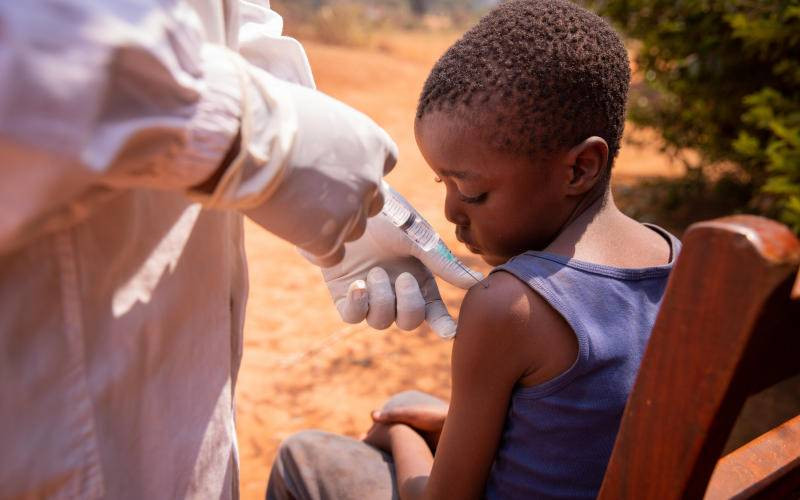Training of Healthcare workers on HIV stigma and discrimination.
Health worker training on HIV stigma and discrimination in Kilifi County cuts across all levels of service delivery; nurses, adherence counsellors, clinical officers, and laboratory and pharmacy technicians. The purpose of continuous training is to educate healthcare workers on stigma, starting with definition and how to recognise it in their day-to-day work from a customer service perspective, in this case how a patient is received and addressed at a health facility. According to the CDC, stigma is defined as the prejudice that comes with labeling an individual as part of a group that is believed to be socially unacceptable. It became clear early in the trainings that a majority of healthcare workers had no idea that a law
exists that defines the right of HIV/AIDS patients to appropriate treatment, care and support using available resources, and as such, patients can hold healthcare workers accountable for improper treatment. To address this, the ACHAP team has made education of healthcare workers on the AIDS Prevention and Control Act a fundamental component of training. This is followed by strategies to
fight stigma and discrimination, the most important ones being:
- Creating a safe environment for newly diagnosed patients to disclose their HIV status. Here, healthcare workers are taught to use affirming language towards patients, assuring them that they will not be treated differently from other clients based on their diagnosis,
- Providing psychosocial support through counselling. For most people, getting diagnosed with
HIV is earth-shattering. Counselling is important to keep them optimistic, given that
consistent treatment would allow one to live a long healthy life, - Encouraging open disclosure, especially among the youth to inspire confidence in seeking
and adhering to treatment, - iv. Open conversation about the effects of stigma. The most significant effects of stigma in Kilifi have hitherto been; family disintegration, where a family member diagnosed with HIV is either abandoned by or opts to leave their family; refusal of treatment, as it would expose
one’s HIV status to the community; suicide due to ostracisation and subsequent hopelessness. - Upon completion of training, healthcare workers are tasked with creating workplans for continuous medical education within their health facilities. Thanks to this, one of the participating health facilities had put up a suggestion box for patients to anonymously report discriminative behaviour and have it addressed by the facility committee.
A lasting effect of having healthcare workers understand and practice respectful care of patients is that more people living with HIV are actively seeking treatment, and have an avenue for support within their communities.

